NPC inspection tour finds traditions strengthened, but legal revisions may be needed
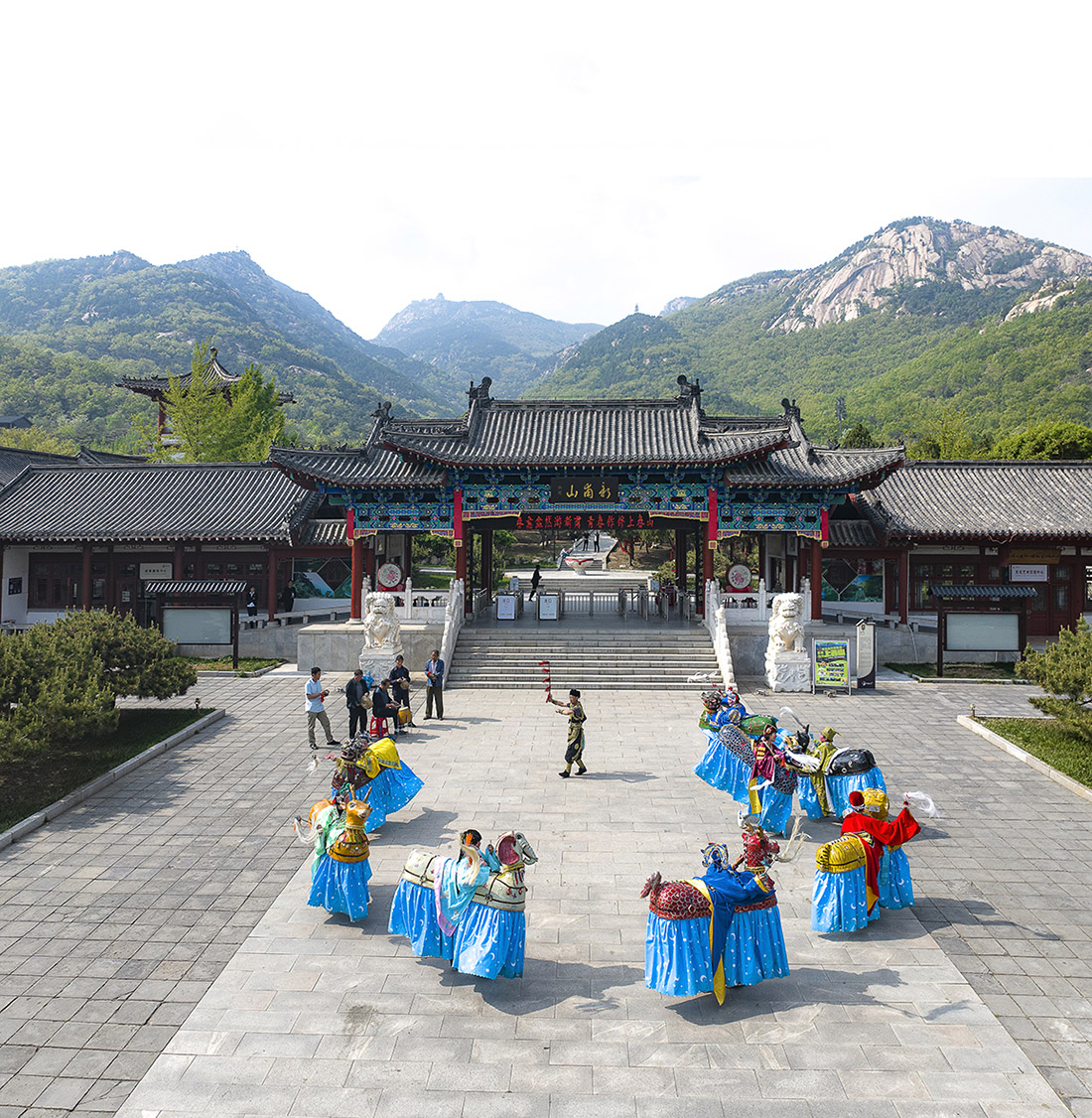
Enjoying and learning about numerous intangible cultural heritage items, including wood carving, opera and dough sculpture in just one venue, exceeded national lawmaker Liu Lili's expectations.
"Many other venues only focus on one kind of traditional cultural heritage. But to my surprise, in this building I found almost all local living heritages. I could also talk with inheritors and experience being a craftswoman doing paper cutting or carving on porcelain," said Liu, a deputy to the National People's Congress, China's top legislature.
She shared her experiences with China Daily while visiting the intangible cultural heritage exhibition hall in Heze, Shandong province, last month.
From May 8 to 12, a team led by the NPC Standing Committee toured Shandong to evaluate the effectiveness of the Intangible Cultural Heritage Law. The team visited spots including workshops, museums, cultural centers and libraries, and also exchanged ideas with local heritage inheritors to understand how they are preserving and developing their skills.
Liu, a Shandong performer of Liuqin opera, one of the country's intangible cultural heritage items, was one of the team members.
She gave a thumbs-up to the innovative measures taken in her home province to protect living heritage items, but expressed concern about the way some of them are passed on and spread.
"Problems such as some inheritors aging, and the single transmission method of traditional cultures are urgent issues that need to be solved," she said, suggesting the top legislature revise the law at an appropriate time to consolidate government duties, so that living heritage items can be strongly protected and effectively passed on.
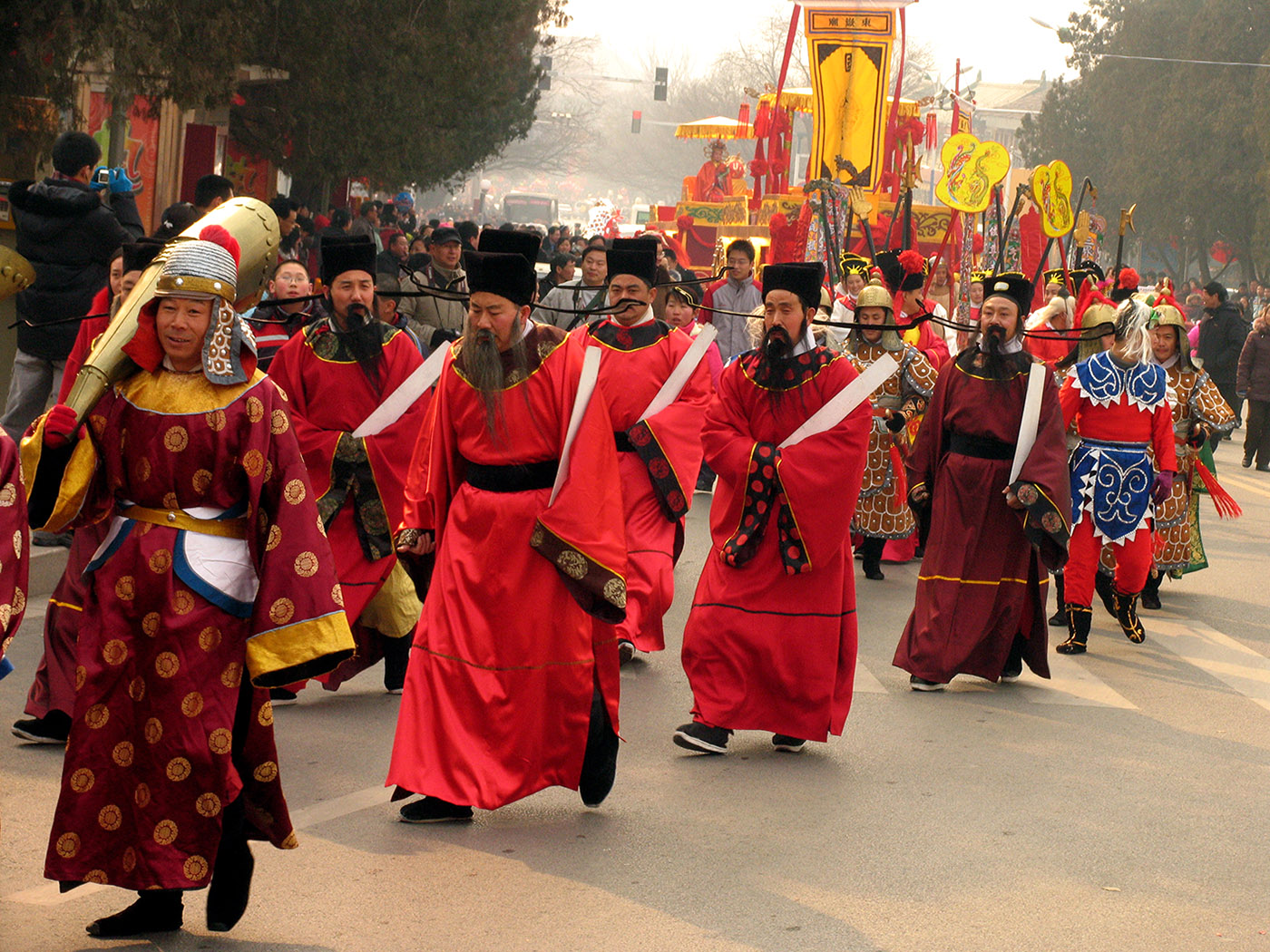
Optimized framework
Since the law, a major legislative measure in the cultural field, came into effect in June 2011, every municipality, province and autonomous region has issued relevant regulations and guidelines to enrich the legal system in this regard. Shandong is no exception.
While requiring local government agencies to seek out and promote intangible cultural heritage through more research and establishing special venues, the documents formulated by Shandong also clarified the use of funds and subsidies to protect and preserve various cultural aspects.
Shandong has 186 living heritage items at the national level, and 1,073 at the provincial level, according to data provided by the provincial government.
Inspired by his grandfather Li Fangqing, the pioneer of Caozhou dough figurines, Li Bin for decades has dedicated himself to promoting and teaching the sculpting skills required. The figurines are a specialty of Heze and a national intangible cultural heritage item.
"Carrying on my ancestors' artistic pursuits and skills is my mission, and also my legal obligation," said the 36-year-old.
Under the law and provincial regulations, inheritors are required to pass on their skills, cultivate successors, and participate in activities to introduce intangible cultural heritage items. Culture departments at and above county level, should provide the necessary venues or funding to assist inheritors in preserving and educating the public about these heritage items.
Thanks to the initiatives, more places for showcasing intangible cultural heritage items have been emerging in Shandong. For instance, a museum to help visitors learn about peach culture and peach-wood carving was established in Feicheng county. It attracted more than 3 million visits last year.
On Baihuazhou street in Jinan, capital of Shandong, there is a traditional craft workshop, where people can enjoy 21 living heritage items, including weaving, embroidery, pottery and sculpture when they walk in the bustling downtown area.
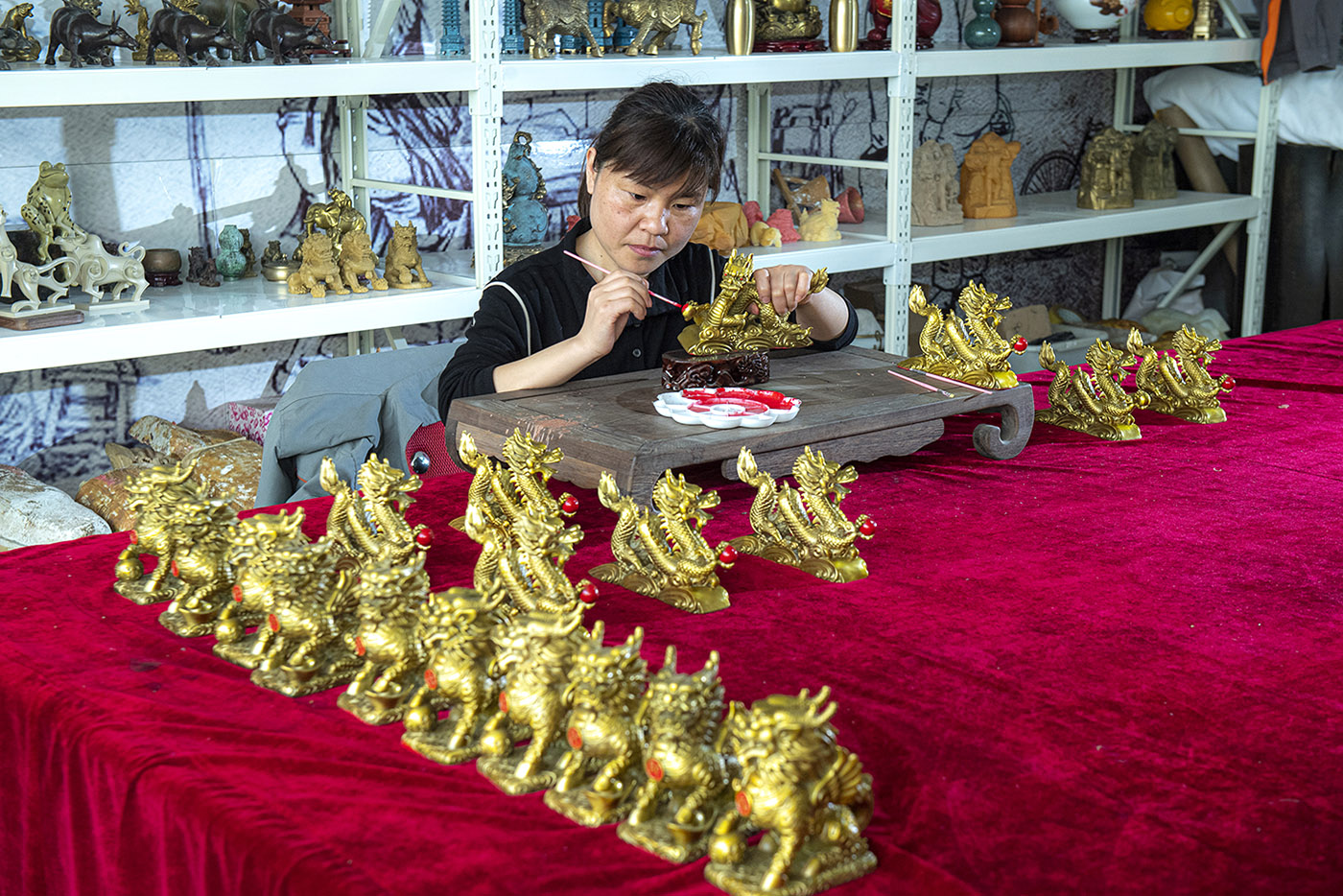
Innovative patterns
Facilitated by the law, new methods to utilize intangible cultural heritage items have also expanded across Shandong to more effectively pass on traditional skills.
According to Wang Lei, head of the provincial culture and tourism bureau, many living heritages are now being better utilized and developed in local industries, educational research and tourism.
"Utilization has also played a bigger role in advancing our local economic growth and rural vitalization," she said.
Cai Xiufang, an inheritor of wood carving, is introducing innovations to the traditional craft.
In the 1990s, she married and moved to Lizhuang village in Caoxian county, Heze. To increase her family's income, she began combining her carving skills with local traditional woodworking. She created many furniture pieces such as square tables, wardrobes and tea tables adorned with carved flowers and birds, which attracted buyers.
Due to the time-consuming and labor-intensive nature of hand-carving, Cai found it too hard to handle the soaring number of orders on her own. Therefore, she started recruiting villagers to join her team of carvers.
With more workers, Cai opened her own company, which paved the way for her to develop the woodcarving industry.
So far, the number of artisans trained by Cai has exceeded 300, and her company's woodcarving works are not only popular in China, but also exported to foreign countries.
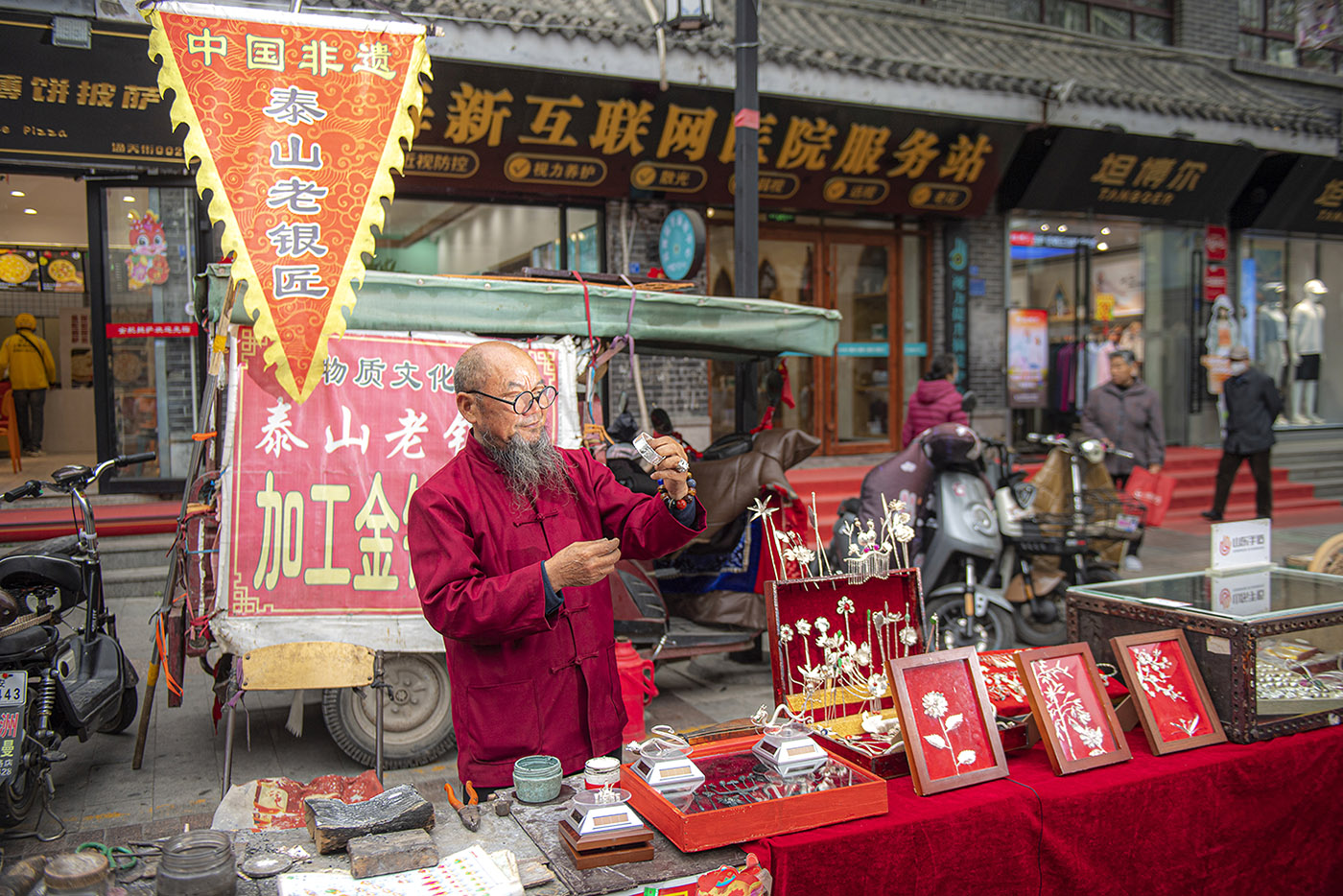
Data provided by Cai showed that the online sales revenue of the corporation surpassed 6 million yuan ($828,084) in 2022.
"The carving skills have enriched me, and have also helped me live a better life," said Li Yan, a villager who was Cai's apprentice and now works for the company.
Now, there are over 1.2 million enterprises or operators engaged in intangible cultural heritage in Shandong, with annual output value exceeding 160 billion yuan, providing employment opportunities for more than 4 million people, according to Wang, from the culture and tourism bureau.
In addition to leveraging living heritage to drive local economic development, she said Shandong has also designated 100 provincial-level intangible cultural heritage education bases for research and to promote study tours.
Huayang Nianhua, a living heritage campsite in Tai'an, has been open to the public since October.
"We've provided classes for visitors, especially students, to learn about the histories behind our local intangible cultural heritage items, such as paper cutting, and making pancakes and tofu," said Liu Bing, who is in charge of the base.
"We've also invited inheritors to share their stories here to spark the younger generation's interest and help promote cultural education," Liu said.
The campsite has a 14,000-square-meter learning experience center, an 8,000-sq-m accommodation area and a 6,000-sq-m restaurant and practical base, which cater to 2,000 people for short-term study and research. Since its opening, it has had 15,000 visits and organized more than 30 special activities for participants, he added.
Deng Yunfeng, vice-governor of Shandong, lauded the methods used to develop living heritage items in recent years, and called for more social organizations to support the building of venues or workshops as well as development diversity.
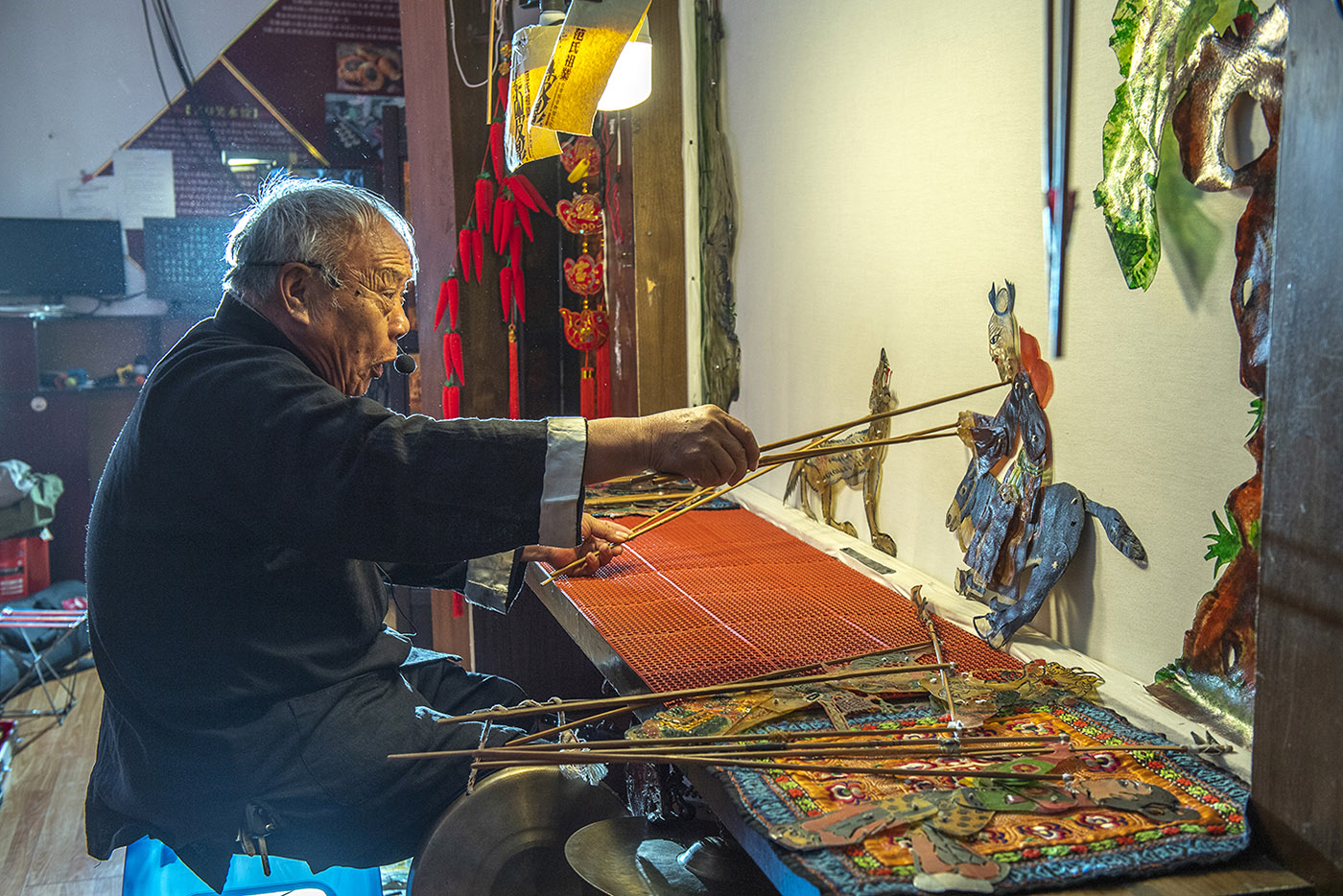
Effective inheritance
Carrying tools and colorful dough, Li, the inheritor of dough sculpture, usually shuttles between campuses in Heze, to teach students kneading, rolling, pinching and sculpting skills.
He shapes the dough into blooming flowers, historical figures and cartoon characters, captivating the children and sparking their eagerness to learn.
"The sculpting experience is a big joy for young people, and the process also plants the seeds of traditional cultures in their hearts," said Li, who likes to be innovative and imaginative with his dough sculptures.
"Innovation is more conducive to attracting youngsters, so that our living heritage can be effectively passed on," he explained.
The Heze intangible cultural heritage exhibition hall is one of venues where Li teaches. In the building, which is located in a science and technology park, students can learn over 10 traditional skills.
"We provide special workshops for inheritors like Li to display their works and skills in the park. We also invite them to educate students on their talents through courses and lectures," said An Yuan, an executive director of the park's committee.
In her view, the key to protecting and developing intangible cultural heritage is inheritance, and the root of this inheritance is people.
"Allowing inheritors to enter the park to teach and share the value of living heritage items is the foundation of inheritance. Without their storytelling, the traditional cultures and skills may not be passed on," she said. "At the same time, for students it's important to deeply understand the value behind the skills or crafts. Only by developing and innovating on this basis can intangible cultural heritage items truly be continued," she added.
Liu, the NPC deputy, also stressed the importance and urgency of passing on living heritage items during the recent law enforcement inspection tour.
She called for government departments to take more effective measures to enhance talent cultivation.
"We have living heritage items that focus on craftsmanship and can bring economic benefits through industrialization, such as clay sculpture and straw-weaving. We also have traditional operas and martial arts that may not be industrialized and yield immediate results," she said.
"This means that we must provide different approaches or pathways to educate talent and strengthen the heritage protection, so as to ensure the effectiveness of inheritance," she added, suggesting the top legislature specify relevant provisions as soon as possible.


